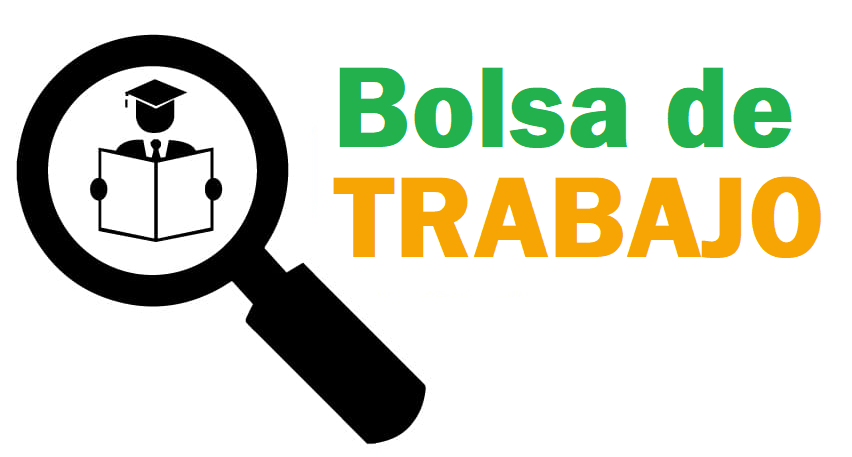1. Introduction: The Interplay of Speed and Distance in Nature and Human Innovation
In both natural ecosystems and technological advancements, the concepts of speed and distance are fundamental. Natural environments teem with organisms that have evolved remarkable mechanisms to perceive, respond to, and utilize these parameters for survival. Similarly, human innovation often draws inspiration from these biological strategies to develop faster, more efficient systems.
Understanding how nature models and optimizes these concepts is crucial in designing technologies and practices that are sustainable and highly effective. This article explores the biological foundations of speed and distance, their influence on engineering, and how modern pursuits—such as sports, robotics, and even gaming—embody these principles.
- The Biological Foundations of Speed and Distance in Nature
- Nature as a Model for Engineering and Technology
- Modern Pursuits Inspired by Nature’s Speed and Distance
- The Engineering of Fishing Technologies
- Impact of Human Activities on Natural Dynamics
- Deepening the Connection: Perspectives & Future Trends
- Conclusion: Lessons for a Sustainable Future
2. The Biological Foundations of Speed and Distance in Nature
a. Sensory mechanisms and adaptations in animals
Animals have developed highly specialized sensory systems to measure and respond to distance, enabling them to hunt, migrate, and evade predators effectively. For instance, some species possess acute visual acuity, while others rely on auditory or tactile cues. The mantis shrimp, with its complex eyes, can perceive polarized light and extremely fine details, aiding in precise distance judgment.
b. Examples of natural speed: predator-prey dynamics, migration, and hunting strategies
Predator-prey interactions exemplify the importance of speed and distance. Cheetahs, the fastest land animals, can reach speeds of up to 75 mph, relying on rapid acceleration and precise distance assessment to catch swift prey like gazelles. Similarly, migratory birds such as Arctic terns travel over 25,000 miles annually, demonstrating endurance and strategic planning based on environmental cues.
c. Visual acuity and perception: example of pelicans
Pelicans exemplify the importance of perception in natural speed and distance judgment. From high above, they spot fish beneath the water surface with remarkable accuracy, adjusting their dive timing to maximize catch success. Their specialized eyesight effectively bridges the gap between the distant view and the precise moment of capture, illustrating natural optimization of sensory perception.
3. Nature as a Model for Engineering and Technology
a. Biomimicry: learning from natural solutions
Biomimicry involves studying biological systems to inspire innovative engineering solutions. For example, the streamlined shape of fish and aquatic mammals has influenced the design of high-speed underwater vehicles. Understanding how animals optimize movement and perception helps engineers develop systems that are more efficient in speed and distance management.
b. Historical examples: from bird flight to transportation
The Wright brothers’ early airplane designs drew inspiration from bird flight mechanics. Modern transportation—such as high-speed trains and aerodynamic cars—continues to emulate natural forms to reduce drag and improve speed. These innovations demonstrate how mimicking natural strategies enhances human mobility and efficiency.
c. Significance of natural metrics in design
Natural speed and distance metrics serve as benchmarks for designing systems that are both effective and sustainable. For instance, the aerodynamic profiles of vehicles are often based on the shapes of fast-moving animals, ensuring minimal resistance and optimal performance.
4. Modern Pursuits Inspired by Nature’s Speed and Distance
a. Influence on sports, navigation, and robotics
Understanding how animals gauge distance and respond swiftly has led to advancements in robotics and navigation systems. Self-driving cars incorporate sensors modeled after animal vision and hearing, enabling them to perceive distances accurately and react rapidly in complex environments. In sports, techniques such as sprinting or swimming are optimized by studying animal speed and biomechanics.
b. Natural speed in entertainment: fishing techniques & Beyond
Recreational activities like fishing often rely on understanding the speed and distance of moving targets—fish beneath the water or bait in the air. For example, successful anglers consider water currents, fish movement patterns, and lure speed. This principle is exemplified in modern gaming and simulations, where players utilize knowledge of natural speed and distance to excel.
c. Case study: Fishin’ Frenzy as an illustration
The popular slot game Free spins galore with 3+ boats captures the essence of these principles. In the game, recognizing the position and movement of boats and fish enhances success—paralleling how understanding natural speed and distance improves real-world fishing. This modern example reflects timeless strategies rooted in biological observations.
5. The Engineering of Fishing Technologies: From Natural Inspiration to Modern Gear
a. Evolution of fishing lines
Historically, fishing lines were crafted from natural materials such as horsehair or silk, chosen for their flexibility and strength. Today, synthetic fibers like nylon and fluorocarbon have revolutionized fishing gear, allowing for longer casts and better sensitivity—attributes inspired by the natural efficiency of fish movement and predator detection.
b. Importance of understanding speed and distance in gear design
Designing effective fishing equipment requires precise knowledge of how line speed, water resistance, and fish movement interact. For example, choosing the right line strength and weight distribution impacts how accurately an angler can cast and detect bites, reflecting natural principles of motion and perception.
c. Environmental considerations and innovations
The widespread use of plastics raises ecological concerns. Consequently, ongoing innovations aim to develop biodegradable fishing lines and environmentally friendly gear, inspired by natural resilience and adaptability. These efforts underscore the importance of aligning human pursuits with ecological sustainability.
6. The Impact of Human Activities on Natural Speed and Distance Dynamics
a. Effects of industrialization and pollution
Industrial processes and pollution significantly alter habitats, impacting animal behaviors related to speed and distance. For instance, pollution can impair visual and sensory functions in aquatic life, reducing their ability to hunt or migrate effectively. Such disruptions threaten ecological balance and the sustainability of natural pursuits.
b. Consequences for ecosystems and sustainable practices
Reduced natural efficiency necessitates adaptation and innovation in human pursuits. Conservation efforts aim to restore habitats and natural behaviors, ensuring that biomimetic strategies remain viable. Recognizing the impact of human activity encourages more sustainable approaches aligned with natural resilience.
c. Adaptation inspired by resilience and efficiency
In response, technology is evolving to mimic natural resilience—such as drones designed to operate in polluted environments or sensors that compensate for sensory impairments in wildlife. These adaptations highlight the importance of understanding and respecting natural speed and distance dynamics.
7. Non-Obvious Perspectives: Deepening the Connection Between Nature and Human Innovation
a. Psychological impact of emulating natural principles
Emulating nature’s speed and distance can enhance human well-being, fostering a sense of connection and awe. Outdoor activities like birdwatching or fishing not only teach us about natural dynamics but also promote mental health through immersive experiences rooted in biological principles.
b. Perception and cognition in optimizing performance
Both animals and humans rely on perception and cognition to interpret environmental cues. Training athletes or developing AI systems involves understanding these processes to improve reaction times and decision-making, mirroring natural adaptations.
c. Future trends: emerging technologies
Advancements such as bio-inspired sensors, autonomous vehicles, and adaptive robotics continue to draw from natural metrics of speed and distance. These innovations promise a future where human pursuits are seamlessly integrated with the resilience and efficiency of natural systems.
8. Conclusion: Harnessing Nature’s Lessons for a Sustainable and Innovative Future
«Nature offers a masterclass in efficiency, resilience, and adaptation. By understanding and emulating its principles of speed and distance, we can foster innovations that are both groundbreaking and sustainable.»
In summary, the study of natural speed and distance not only enriches our scientific understanding but also guides practical applications across numerous fields. Continued biomimicry and respect for natural systems are essential for a future where human pursuits harmonize with ecological balance.
From the rapid chase of predators to the strategic planning of migratory routes, nature’s strategies remain a profound inspiration. As we develop new technologies and refine existing practices, embracing these lessons will lead us toward a more sustainable and innovative future.


